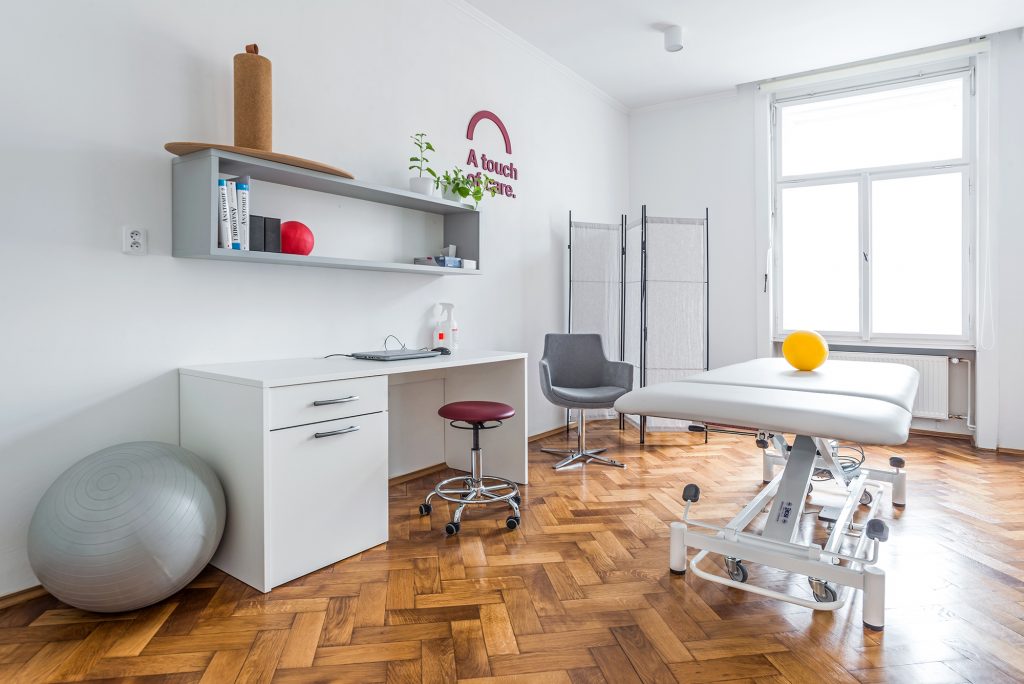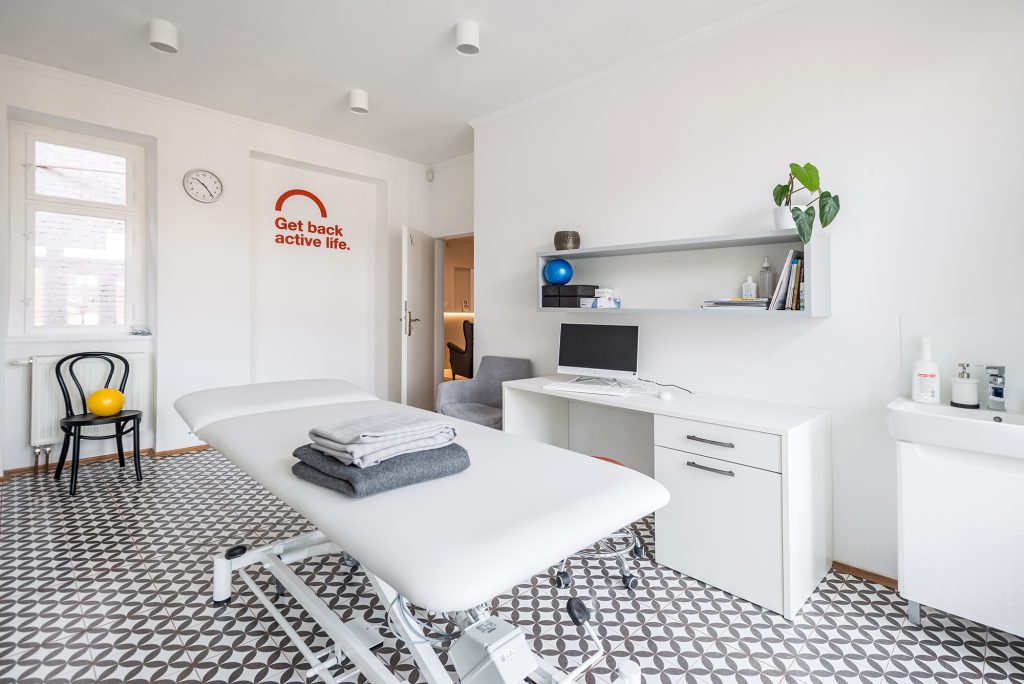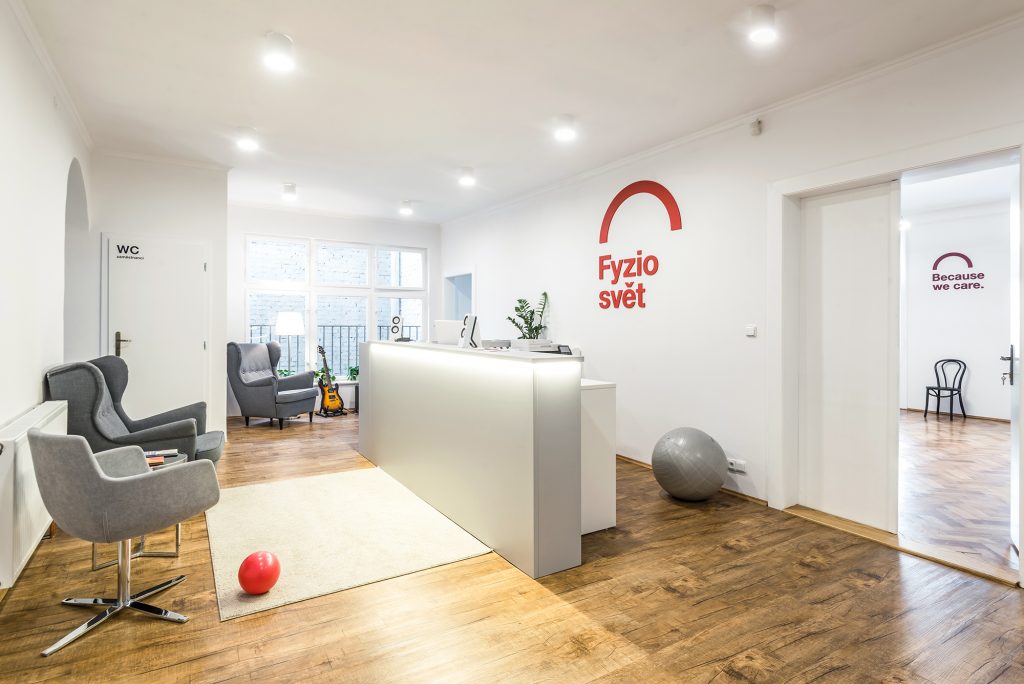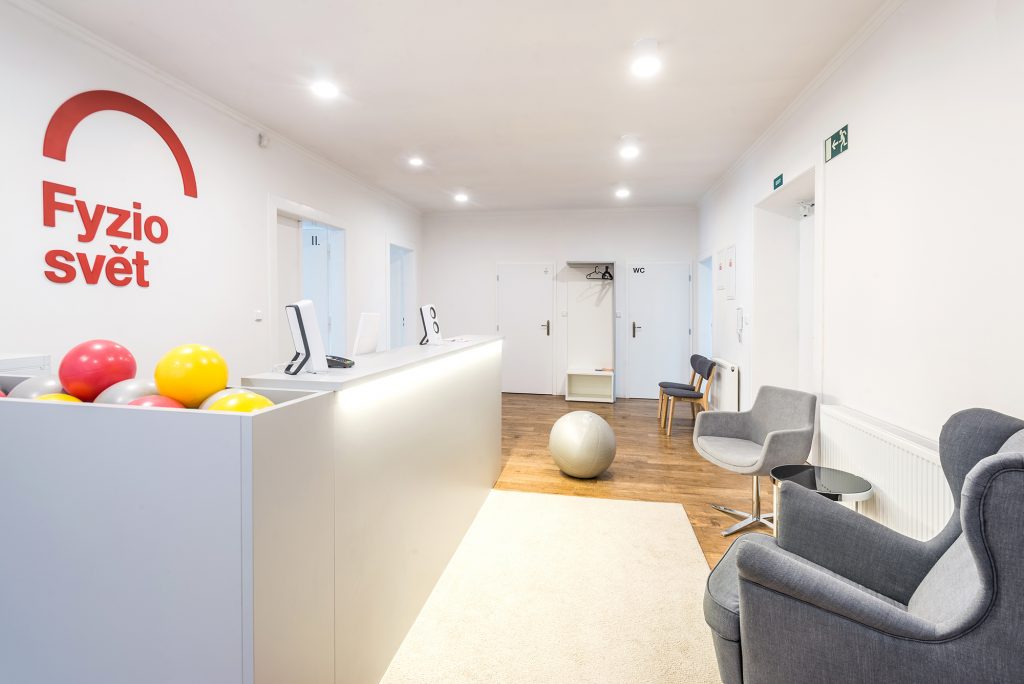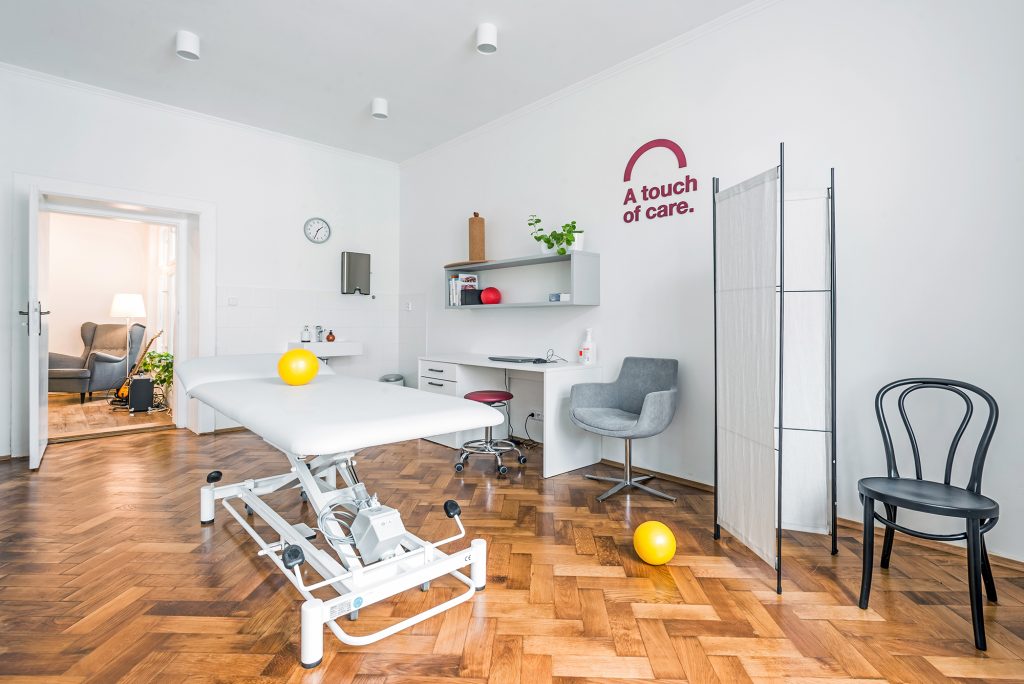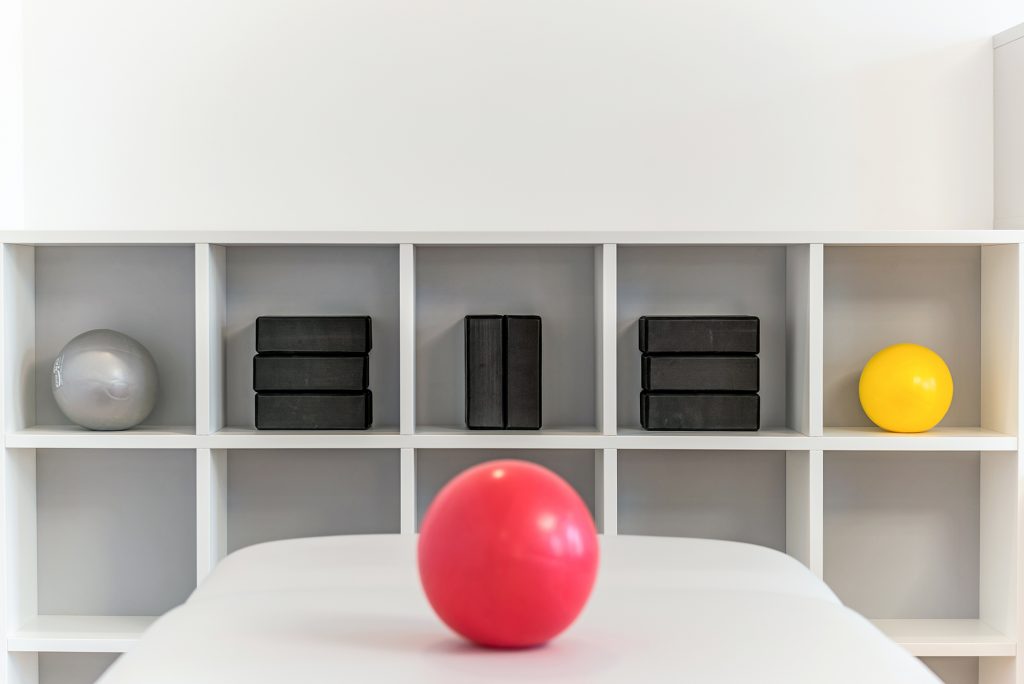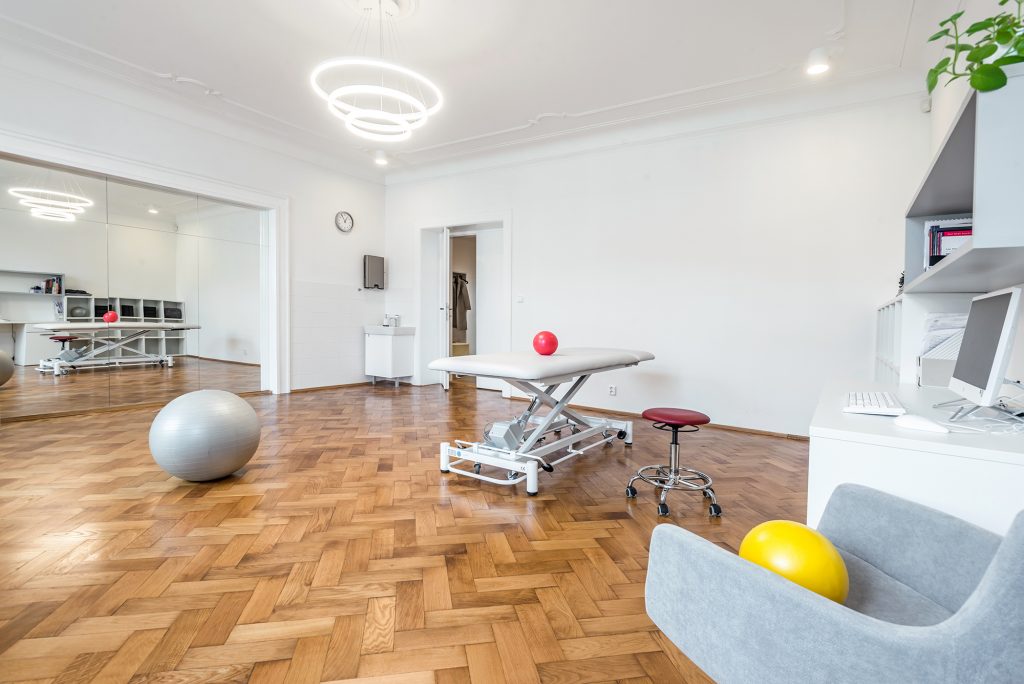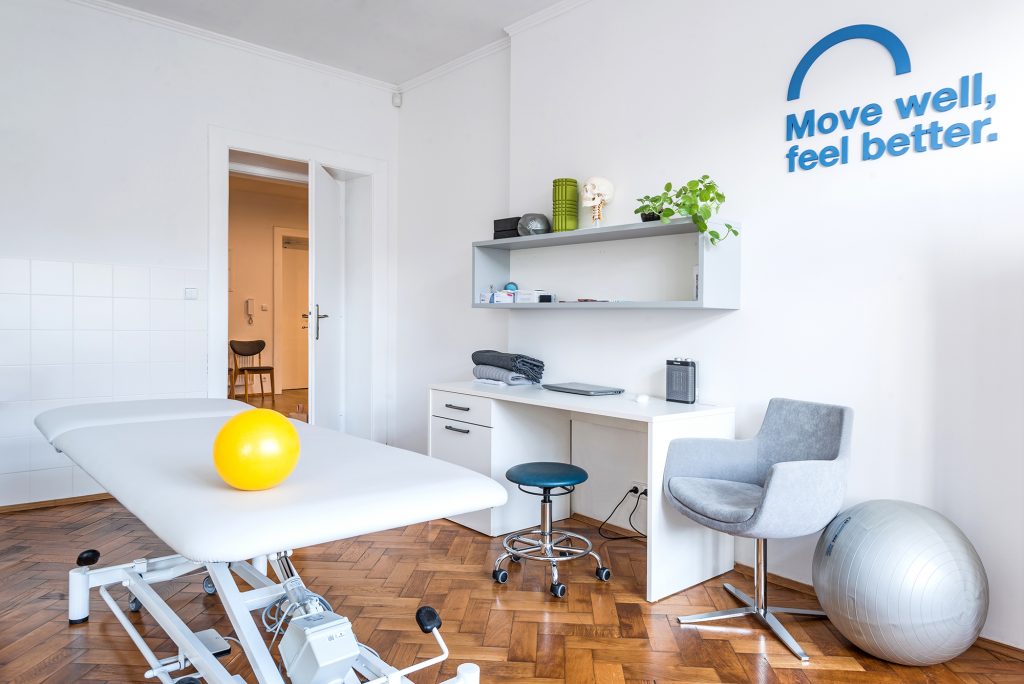Stretching and Rolling
What is Stretching?
Stretching comes from the word “stretch,” meaning to lengthen, extend, or pull. It is a set of exercises aimed at maintaining the flexibility of muscles, tendons, and fascia, improving joint mobility, and supporting muscle recovery after exertion.
However, recent studies have shown that prolonged static stretching, where a muscle is held in a stretched position for 20-30 seconds, does not change the muscle’s structure or permanently lengthen it. It might not be an effective injury prevention method or aid in post-exercise recovery. It can even reduce muscle strength! Holding a stretch alters neuromuscular transmission, which can cause muscles to react more slowly and with less force during performance—something we definitely want to avoid.
Why does regular stretching allow me to reach further?
Regular static stretching trains your nervous system to relax muscles a bit more by adapting to the discomfort of stretching. The brain allows the muscles to stretch further. However, greater flexibility from nervous system suppression does not translate to better stability, strength, or performance—in fact, the opposite is true.
How to Stretch Correctly
Proper warm-up should begin with dynamic stretching, where muscle groups are not held in static positions. Dynamic stretching gradually increases range of motion by reaching end positions naturally while activating muscles (e.g., high knees). Dynamic movement increases blood flow, making muscles more flexible, faster, and stronger. This approach improves range of motion, muscle coordination, and reduces injury risk. It also mentally prepares you for exercise, awakening your focus and setting you up for peak performance.
Stretching “cold,” when muscles aren’t warmed up, increases the risk of muscle fiber damage. Static stretching reduces muscle strength and response time, making it less effective for protecting joints during sports activities.
To warm up, try light jogging, jump rope, dynamic drills, or foam rolling for at least 10 minutes. Functional dynamic warm-ups focusing on stability, strength, and body awareness are often more effective.
DNS with Elements of Dynamic Stretching
At Fyzio Svět, we combine the DNS (Dynamic Neuromuscular Stabilization) concept with dynamic stretching. DNS uses developmental positions from infant motor patterns, which can be combined into routines depending on the client’s needs and athletic demands. The routine includes dynamic stretching moments that prepare muscle groups for action while activating the core or deep stabilizing system of the spine. This is advantageous for performance because:
- Activating the core protects the spine.
- It increases range of motion in key joints.
- It optimizes breathing and diaphragm function.
- It activates motor centers and improves muscle control.
Example of a Correctly Performed Exercise
A correctly executed squat during a dynamic warm-up emphasizes active foot engagement. This stabilizes the ankle, providing better protection during sports. Squats performed through the hip joints engage the glute muscles, reducing strain on soft tissues in the lower back. A straightened spine evenly distributes pressure on the discs, allowing the ribs to move freely and enabling full lung capacity.
When to Include Static Stretching
If you enjoy static stretching, it’s better to incorporate it at the end of your workout when muscles are well-perfused and no longer need to perform strenuous tasks.
What Should I Feel During Static Stretching?
Stretching should induce a sensation of pulling or tension in the muscle being stretched, but pain should be avoided. The sensation of stretching may be intense, but sharp or pulsating pain localized in one spot indicates that you’ve exceeded your physiological limit. Stretching should not be about punishment or injury—breathe through it and take your time.
What is Foam Rolling and its Purpose?
In gyms, many people are now using foam rollers instead of stretching, which is beneficial. Foam rolling improves muscle performance, flexibility, and reduces fatigue and soreness. It has become popular across all sports disciplines, both as a preparation tool and a way to accelerate post-exercise recovery.
How is Foam Rolling Done?
Foam rolling is a form of self-massage where the muscle is compressed under the weight of your body. The pressure applied to soft tissues during rolling helps relieve stiffness and improves tissue function.
Foam rolling primarily affects fascial tissue—a connective tissue surrounding muscles, organs, bones, tendons, and ligaments. Poor exercise habits, muscle tension, injury, or dehydration can cause fascial adhesions, reducing range of motion and causing pain. Foam rolling helps release these adhesions, increases blood flow, and relieves trigger points that often cause discomfort.
Should I Roll Before or After Exercise?
Foam rolling is a great complement to warm-ups, making it an ideal pre-exercise activity. Studies on elite sprinters show it can improve flexibility and even sprinting times. Interesting, right?
Foam rolling is also beneficial post-exercise, where it has been proven to reduce muscle soreness after strenuous activity.
What Should I Do Before and After a Workout?
Before exercising, wake up and warm up your body with dynamic movements. In a fitness setting, you can warm up with cardio equipment like a stationary bike or elliptical. Outdoors, don’t skip drills like high knees before running. You can also use yoga sun salutations, jump rope, dance, or lighter versions of your main workout exercises without weights.
We recommend combining foam rolling with a functional warm-up using developmental positions, emphasizing proper breathing, core activation, and spine stabilization. Spend at least 10 minutes on this warm-up!
At the end of your workout, you can add static stretching, holding positions for 10 to 30 seconds, focusing on breathing and body awareness. Remember, feeling a stretch is fine, but avoid sharp pain. Afterward, consider using the foam roller again, this time with slower, deeper breaths and longer holds, keeping the focus on core activation and spine alignment. The goal isn’t just to stretch tight muscles but to improve mobility and range of motion on a stable, functional body.
